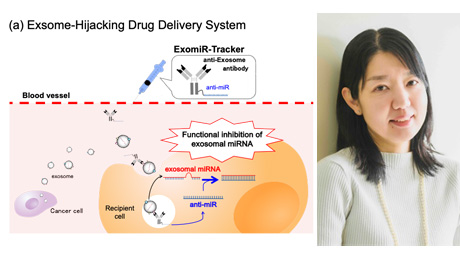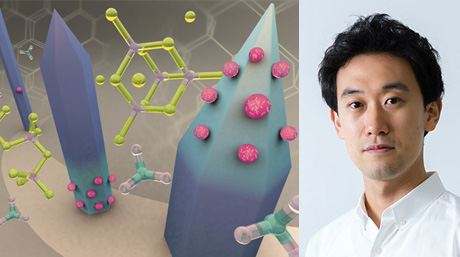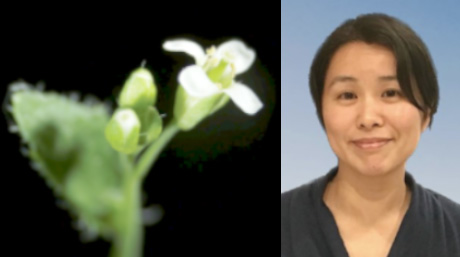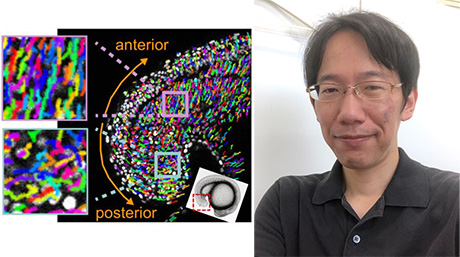Life Science and Technology News
【Labs spotlight】 Shinji Masuda Laboratory
No photosynthesis, no life. Why don't you study?
The Department has a variety of laboratories for Life Science and Technology, in which cutting-edge innovative research is being undertaken not only in basic science and engineering but also in the areas of medicine, pharmacy, agriculture, and multidisciplinary sciences.
This "Spotlight" series features a laboratory from the Department and introduces you to the laboratory's research projects and outcomes. This time we focus on Masuda Laboratory.

Areas of Supervision
Primary/Life Science and Technology
Associate Professor
Shinji Masuda![]()
※Professor Masuda was promoted from Associate Professor to Professor on April 1, 2023.
| Degree | PhD 2000, Tokyo Metropolitan University |
|---|---|
| Areas of Research | Photobiology, Biochemistry, Biophysics, Molecular Biology, Microbiology, Plant physiology. |
| Keywords | Photosynthesis, Chloroplast, Photoreceptors, Signal transduction. |
| Website | Masuda Lab |
Research interests
Life on earth mostly relies on energy from the sun that is converted to biochemical energy by photosynthesis. The coordinated control of the photochemical reaction is thus critically important for all living organisms.
Our research is focused on regulation of photosynthesis (Fig. 1). Specifically, we have studied mechanisms of how photosynthetic organisms respond and adapt to different light environments for controlling photosynthesis as well as related metabolisms. These researches include, 1) elucidating the mechanisms of regulation of non-photochemical quenching induction that is necessary for avoiding chloroplast photo-damage under high-light conditions, 2) uncovering the significance of the bacterial stringent response in chloroplasts controlling gene expression and metabolisms, and 3) identifying the molecular action of photoreceptors controlling phototaxis (movement towards light) of cyanobacteria (Fig. 2). These studies have applied for optogenetic studies as well as genetic engineering of starvation-resistant plants (Fig. 3).
We use different organisms, including higher plants, algae, and several types of photosynthetic bacteria. A wide variety of experimental techniques is applied for the research, including genetic modification, biochemical protein characterization, spectroscopic measurements, and physiological analysis. People being interested in the interdisciplinary research are welcome to join.
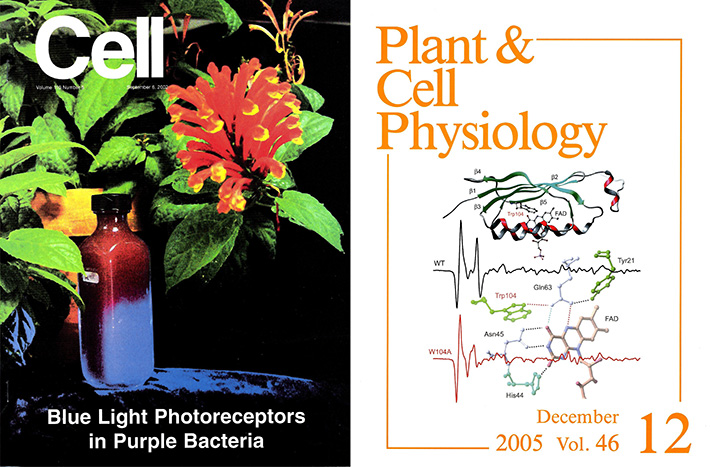
Fig. 1: Some papers from the lab.
Fig. 2: Phototaxis of the cyanobacterium Synechocystis WT (upper) and the photoreceptor PixD mutant (bottom). WT shows positive phototaxis, but the mutant shows negative phototaxis. (for more details, see Masuda 2013).

Fig. 3: The genetic-modified model-plant Arabidopsis constructed in the lab has slim chloroplasts, bigger size and starvation-resistance (Maekawa et al. 2015).
Research findings
Selected publications
- [1] Masuda, S., and Tanaka, M. (2016) PICCORO: A technique for manipulating the activity of transcription factors with blue light. Methods Cell Biol. 135: 289-295.
- [2] Ihara, Y., and Masuda, S. (2016) Cytosolic ppGpp accumulation induces retarded plant growth and development. Plant Signal. Behav. 11:e1132966.
- [3] Maekawa, M., Honoki, R., Ihara, Y., Sato, R., Oikawa, A., Kanno, Y., Ohta, H., Seo, M., Saito, K., and Masuda, S. (2015) Impact of the plastidial stringent response in plant growth and stress responses. Nature Plants 1: 15167.
- [4] Tsukatani, Y., and Masuda, S. (2015) Elucidation of genetic backgrounds necessary for chlorophyll a biosynthesis toward artificial creation of oxygenic photosynthesis. Origins Life Evol. Biosph. 45: 367-369.
- [5] Ren, S., Sugimoto, Y., Kobayashi, T. and Masuda, S. (2015) Cross-linking analysis reveals the putative dimer structure of the cyanobacterial BLUF photoreceptor PixD. FEBS Lett. 589: 1879-1882.
- [6] Shimizu, T., Cheng, Z., Matsuura, K., Masuda, S. and Bauer C. E. (2015) Evidence that altered cis element spacing affects PpsR mediated redox control of photosynthesis gene expression in Rubrivivax gelatinosus. PLos ONE 10: e0128446.
- [7] Ihara, Y., Ohta, H. and Masuda, S. (2015) A highly sensitive quantification method for the accumulation of alarmone ppGpp in Arabidopsis thaliana using UPLC-ESI-qMS/MS. J. Plant Res. 128: 511-518.
- [8] Fujisawa, T., Takeuchi, S., Masuda, S. and Tahara, T. (2014) Signaling-state formation mechanism of a BLUF protein PapB from the purple bacterium Rhodopseudomonas palustris studied by femtosecond time-resolved absorption spectroscopy. J. Phys. Chem. B 118: 14761-14773.
- [9] Sato, R., Ohta, H. and Masuda, S. (2014) Prediction of respective contribution of linear electron flow and PGR5-dependent cyclic electron flow to non-photochemical quenching induction. Plant Physiol. Biochem. 81: 190-196.
- [10] Masuda, S., Nakatani, Y., Ren, S. and Tanaka, M. (2013) Blue light-mediated manipulation of transcription factor activity in vivo. ACS Chem. Biol. 8: 2649-2653.
- [11] Ren, S., Sato, R., Hasegawa, K., Ohta, H. and Masuda, S. (2013) A predicted structure for the PixD-PixE complex determined by homology modeling, docking simulation, and a mutagenesis study. Biochemistry 52: 1272-1279.
- [12] Masuda, S. (2013) Light detection and signal transduction in the BLUF photoreceptors. Plant Cell. Physiol. 54, 171-179.
- Research Laboratories and Subjects
- Cultivating a new crop of superplants--a lesson from the fittest | Tokyo Tech News
Contact
Associate Professor Shinji Masuda
Room 305, Gene Research Center, Suzukakedai campus
E-mail : shmasuda@bio.titech.ac.jp
*Find more about the lab and the latest activities at the lab site![]() (Japanese).
(Japanese).
*May 1, 2025:Some of the content has been updated with the latest information.

